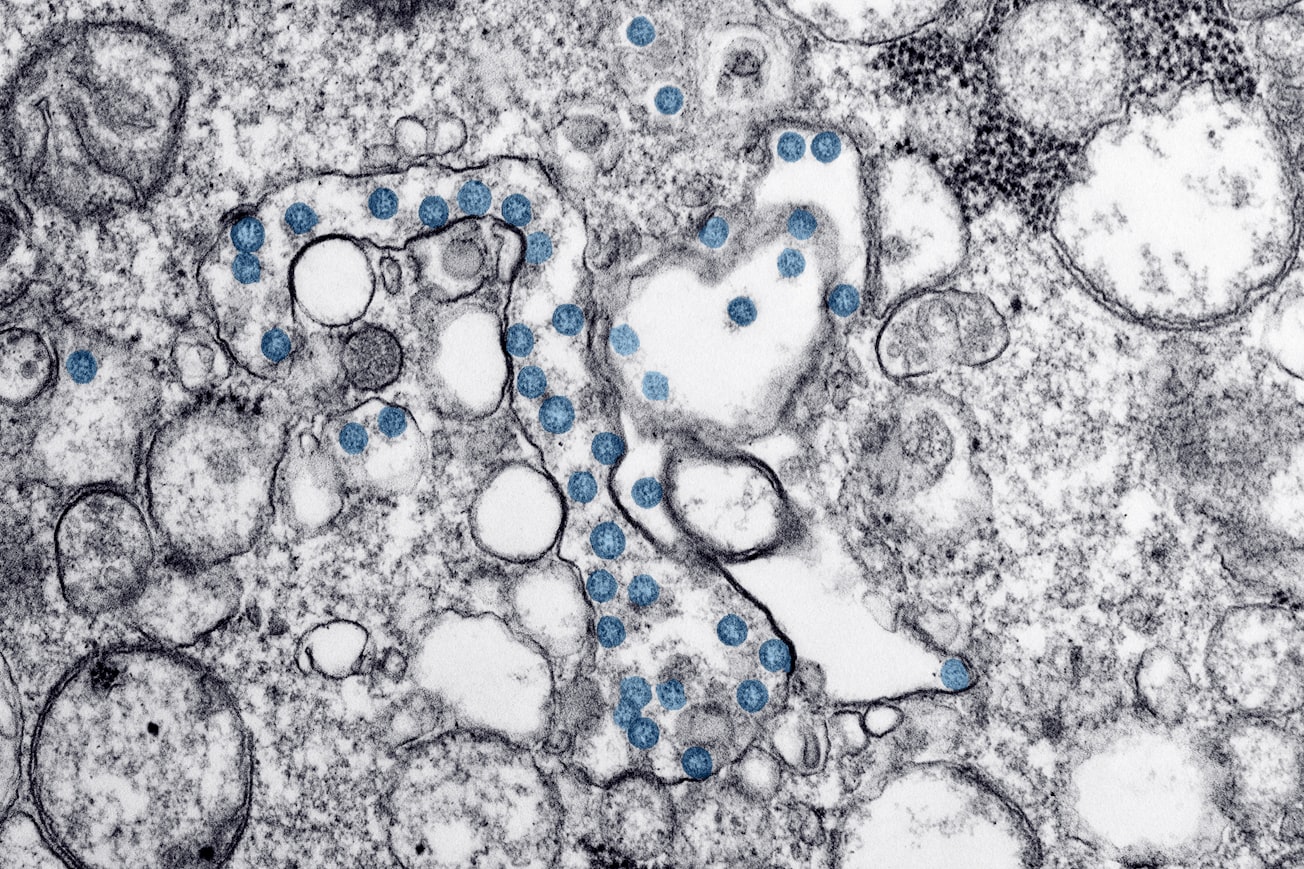What is it about?
This study reveals the novel ways by which a named virus, Bluetongue virus (BTV), leaves the infected cell once virus replication is complete. BTV, which infects animals and causes serious disease with high mortality is an arbovirus that is spread when insects such as midges bite the animal so the processes it uses must function in both insect and animal cells. In addition, while some viruses such as influenza or SARS-CoV-2 have a fatty envelope which allows them to “bud” from the infected cell, BTV has no such layer and was previously thought to be incapable of using the same mechanism. However, our study shows that newly made BTV particles can be loaded as cargo into fatty bubbles, called vesicles, which are then transported outside of the infected cell in large clusters, mimicking the mechanism used by enveloped viruses. This may allow the virus to avoid the immune system for some time and to deliver a “packet” of viruses to further cells, improving the efficiency of the infection and being beneficial for the virus life cycle.
Featured Image

Photo by CDC on Unsplash
Why is it important?
We show that the extracellular vesicles (EVs) containing virus particles offer a very efficient platform for virus entry into other cells allowing the virus to spread rapidly within the infected animal. This brings the release of viruses into focus as a possible target for the development of therapies aimed at moderating the infection to prevent overt disease and allow time for the immune system to act. Overall, the study contributes to a understand better of the diverse mechanisms of virus release and offers a greater range of treatment options.
Perspectives
As well as our study on their use by viruses, EVs, are currently being developed as delivery vehicles for such cargos as drugs, nucleic acids and peptides, and our study contributes to the understanding of how they are formed and how cargo is loaded into them.
Professor Polly Roy
Read the Original
This page is a summary of: A non-enveloped arbovirus released in lysosome-derived extracellular vesicles induces super-infection exclusion, PLoS Pathogens, October 2020, PLOS,
DOI: 10.1371/journal.ppat.1009015.
You can read the full text:
Contributors
The following have contributed to this page










